Cesanese wine is a type of red wine that is produced in the Lazio region of Italy. This wine is known for its unique flavor profile, which includes notes of cherry, plum, and spice. Cesanese wine has a long history in Italy, and it has been produced in the region for centuries.
The history of Cesanese wine can be traced back to ancient Rome, where it was a popular wine among the elite. Over the centuries, the wine has evolved and changed, but it has remained a staple of the Lazio region. Today, Cesanese wine is produced by a number of different wineries in the region, and it is enjoyed by wine enthusiasts around the world.

Key Takeaways
- Cesanese wine is a red wine that is produced in the Lazio region of Italy.
- The wine has a long history in Italy, and it has been produced in the region for centuries.
- Cesanese wine is known for its unique flavor profile, which includes notes of cherry, plum, and spice.
History of Cesanese Wine
Cesanese is an ancient red grape variety that is indigenous to the Lazio region, located in central Italy. The grape has been cultivated in this region for thousands of years, and it is believed to have been introduced by the Etruscans, who were known for their winemaking skills.

Cesanese wine has a long and rich history, with references to the grape dating back to ancient Roman times. The wine was highly prized by the nobility during the Renaissance period, and it was often served at royal banquets and other important events.
In recent years, there has been a renewed interest in Cesanese wine, with many winemakers in the Lazio region working to revive the grape and produce high-quality wines. Today, Cesanese is considered one of the most important grape varieties in the region, and it is known for its complex flavor profile and rich, full-bodied character.
Overall, the history of Cesanese wine is a testament to the enduring legacy of this ancient grape variety, and its continued popularity is a testament to its unique and distinctive qualities. Whether you are a seasoned wine connoisseur or a casual drinker, Cesanese is a wine that is sure to impress.

Regions of Production
Cesanese is a red grape variety that is indigenous to Italy. It is primarily grown in three regions of central Italy: Lazio, Abruzzo, and Marche. Each region has its own unique terroir and produces a distinct style of Cesanese wine.
Lazio
Lazio is the most important region for Cesanese production. The grape is primarily grown in the hills around the town of Anagni, south of Rome. The soils in this area are volcanic and rich in minerals, which give Cesanese wines a distinct minerality. Cesanese di Affile is the most famous appellation in Lazio, known for its full-bodied and complex wines with aromas of dark fruit, spices, and earthy notes.

Abruzzo
In Abruzzo, Cesanese is grown in the province of Frosinone, near the border with Lazio. The wines from this region are known for their bright acidity and fruity aromas. Cesanese del Piglio is the most important appellation in Abruzzo, producing wines with flavors of red berries, spices, and a hint of bitterness.
Marche
Marche is the smallest region for Cesanese production, but it still produces high-quality wines. The grape is grown in the hills around the town of Offida, near the Adriatic coast. The wines from this region are known for their elegance and finesse, with aromas of red fruit, violets, and herbs. Cesanese di Olevano Romano is another appellation in Marche that produces wines with a similar style.
In conclusion, Cesanese is a grape variety that is deeply rooted in central Italy’s winemaking tradition. The wines from Lazio, Abruzzo, and Marche offer a unique expression of the grape, reflecting the terroir and winemaking techniques of each region.
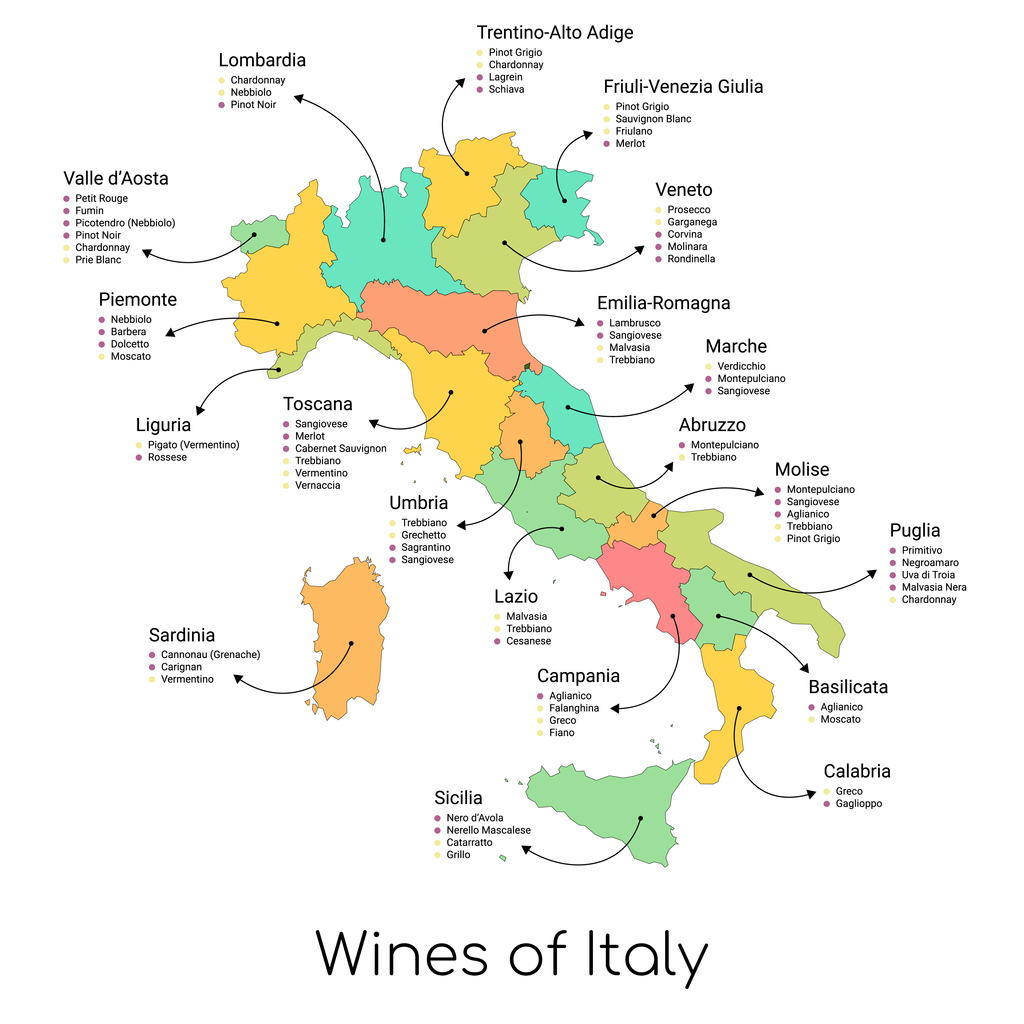
Viticulture and Winemaking
Cesanese is a red wine grape variety that is primarily grown in the Lazio region of central Italy. It is a late-ripening grape that requires a long growing season with plenty of sunshine to fully ripen.
The vineyards are typically planted on hillsides with well-draining soils. The vines are trained using the Guyot system, which involves pruning the vines to have one fruiting cane and one renewal spur. This helps to control the yield and ensure that the grapes are of high quality.
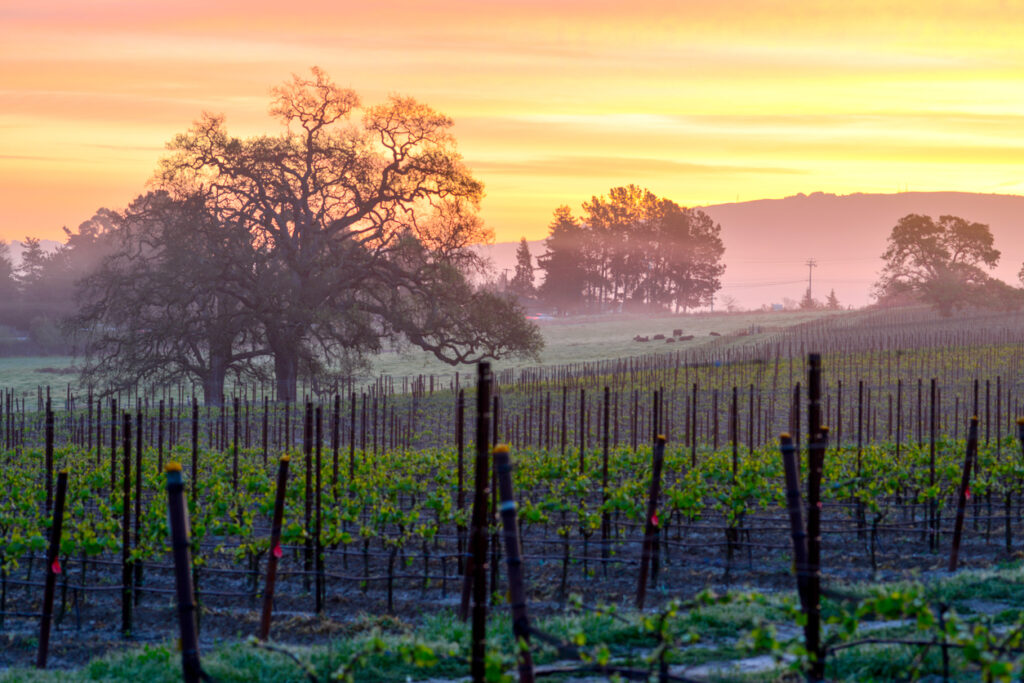
The grapes are harvested by hand and sorted to remove any damaged or unripe fruit. They are then destemmed and crushed before being fermented in stainless steel tanks. The fermentation process is carried out at controlled temperatures to preserve the fruit flavors and aromas.
After fermentation, the wine is aged in oak barrels for a period of time to add complexity and depth to the wine. The length of time spent in oak varies depending on the style of wine being produced.
Cesanese wines are known for their deep ruby color, medium body, and flavors of dark fruit, spice, and earth. They are often described as having a rustic, earthy character that is unique to the Lazio region.
Characteristics of Cesanese Wine
Taste Profile
Cesanese wine is known for its full-bodied and complex taste. It has a high tannin content, which gives it a dry and slightly bitter taste. The wine also has a good acidity level, which adds a refreshing tartness to the overall flavor. Cesanese wine is often described as having notes of dark fruit, such as blackberry and black cherry, as well as hints of spice and earthiness.

Color
Cesanese wine is typically a deep, ruby red color. The intensity of the color can vary depending on the specific winemaking process and the age of the wine. Younger Cesanese wines tend to have a brighter and more vibrant color, while older wines may have a slightly more muted hue.
Aroma
The aroma of Cesanese wine is often described as complex and layered. It typically has a strong fruity scent, with notes of dark berries and plum being the most prominent. In addition, Cesanese wine may also have hints of spice, such as black pepper or cinnamon, as well as earthy undertones.
Overall, Cesanese wine is a unique and flavorful option for wine enthusiasts. Its bold taste and complex aroma make it a great choice for pairing with hearty meals or enjoying on its own.

Food Pairing
Cesanese wine is a versatile red wine that pairs well with a variety of foods. Its medium to full-bodied texture and moderate tannins make it an excellent complement to dishes with bold flavors.
For meat lovers, Cesanese wine pairs particularly well with red meats such as beef, lamb, and venison. Its tannins help cut through the richness of the meat and enhance the flavors of the dish. Grilled meats, stews, and roasted dishes are all excellent choices to pair with Cesanese wine.
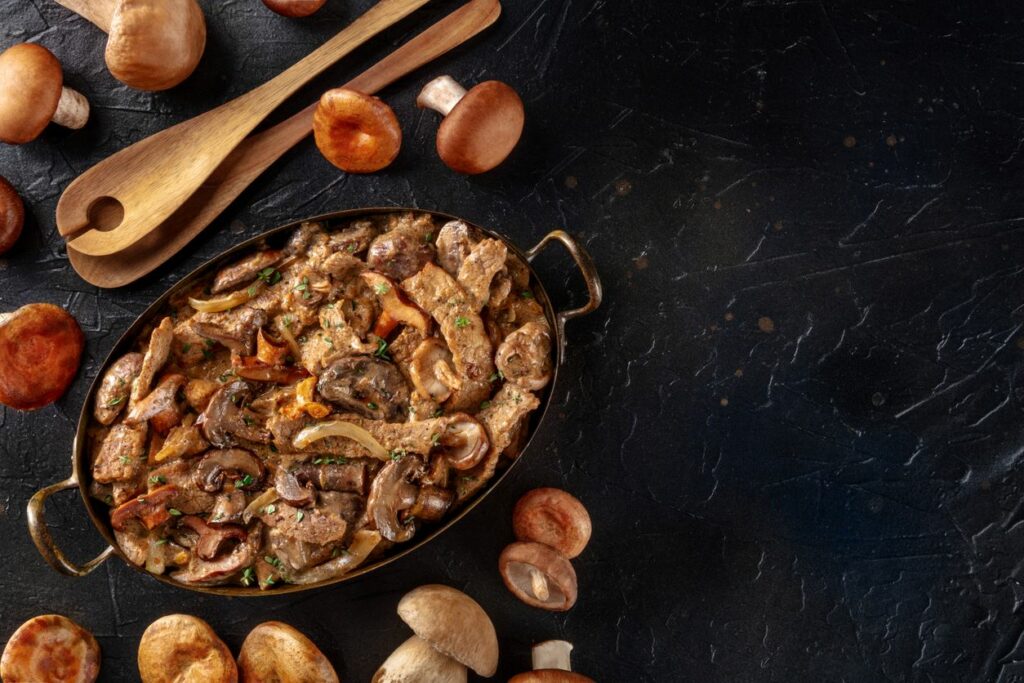
For those who prefer poultry or fish, Cesanese wine can also be a great choice. Lighter meats such as chicken or turkey can be paired with a lighter-bodied Cesanese wine, while richer fish such as salmon or tuna can be paired with a fuller-bodied Cesanese wine.
Cesanese wine also pairs well with a variety of cheeses, from mild to strong. Soft cheeses such as brie or camembert pair well with a lighter-bodied Cesanese wine, while aged cheeses such as cheddar or gouda pair well with a fuller-bodied Cesanese wine.
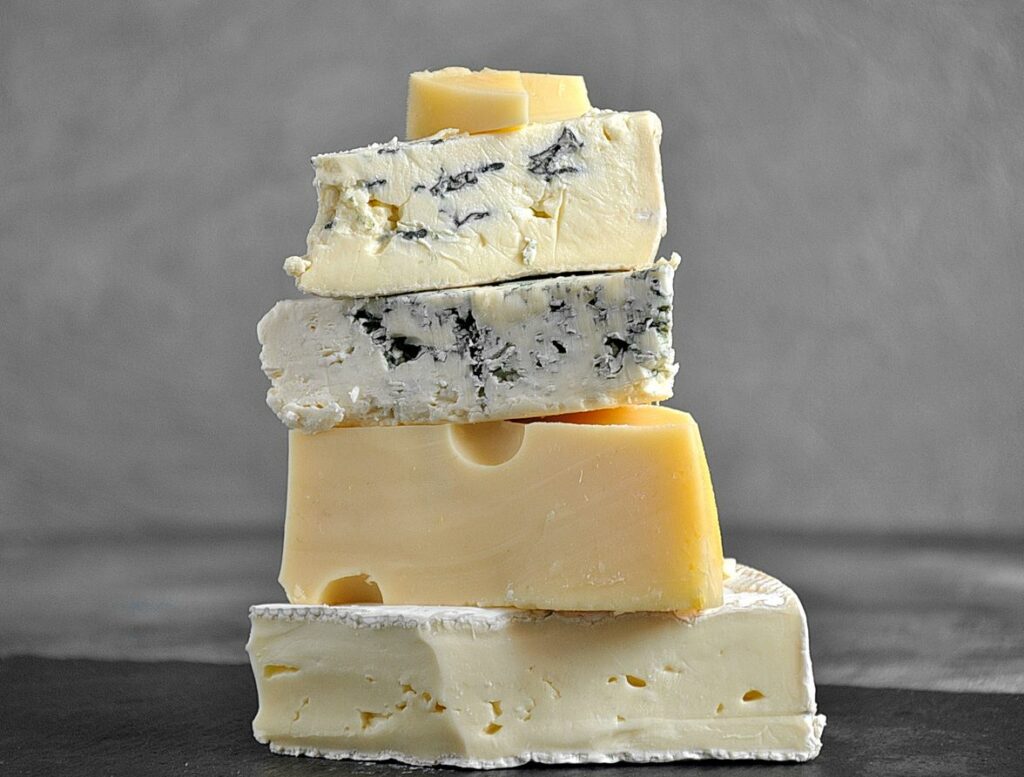
Overall, Cesanese wine is a versatile and delicious wine that can be paired with a wide range of foods. Its moderate tannins and full-bodied texture make it an excellent complement to bold and rich flavors, while its versatility makes it a great choice for a variety of meals.
Serving and Storage
Cesanese wine is best served at a temperature of 16-18°C (60-65°F) to fully enjoy its complex flavors and aromas. It is recommended to decant the wine before serving to allow it to breathe and release its full potential. This will also help to remove any sediment that may have formed in the bottle during aging.
When storing Cesanese wine, it is important to keep it in a cool, dark place with a consistent temperature. Ideally, the temperature should be between 12-16°C (54-61°F) to prevent the wine from spoiling. It is also recommended to store the wine horizontally to keep the cork moist and prevent it from drying out, which can lead to air entering the bottle and spoiling the wine.
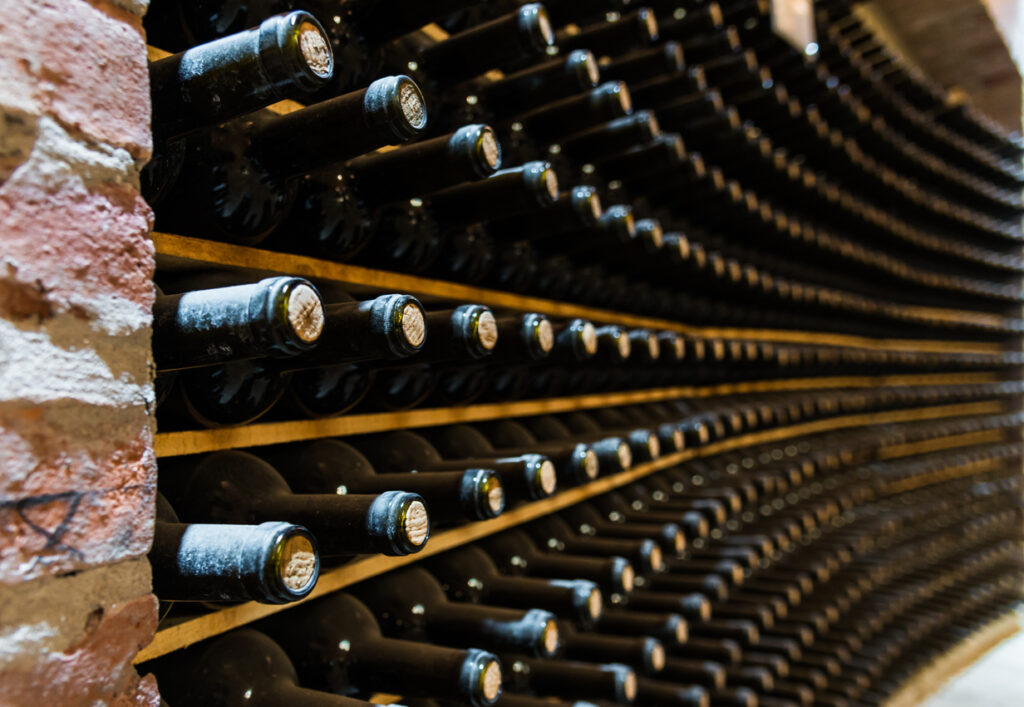
If stored properly, Cesanese wine can age well for several years. However, it is important to note that not all Cesanese wines are suitable for aging, and it is best to consult with a wine expert or refer to the wine label for information on the wine’s aging potential.
In summary, serving and storing Cesanese wine requires attention to detail to fully enjoy its rich flavors and aromas. Proper serving temperature, decanting, and storage conditions can make a significant difference in the quality of the wine.
Buying Guide
When shopping for Cesanese wine, there are several factors to consider to ensure that you choose the best product for your needs. Here are some features to look for when purchasing Cesanese wine:

Region
Cesanese wine is produced in several regions in Italy, including Lazio, Abruzzo, and Umbria. Each region has its own unique characteristics, so it’s important to consider the region when choosing a bottle of Cesanese wine.
Vintage
The vintage of the wine can also affect its flavor and quality. Generally, younger wines are more fruit-forward, while older wines have a more complex flavor profile. It’s important to check the vintage of the wine before purchasing to ensure that it meets your preferences.
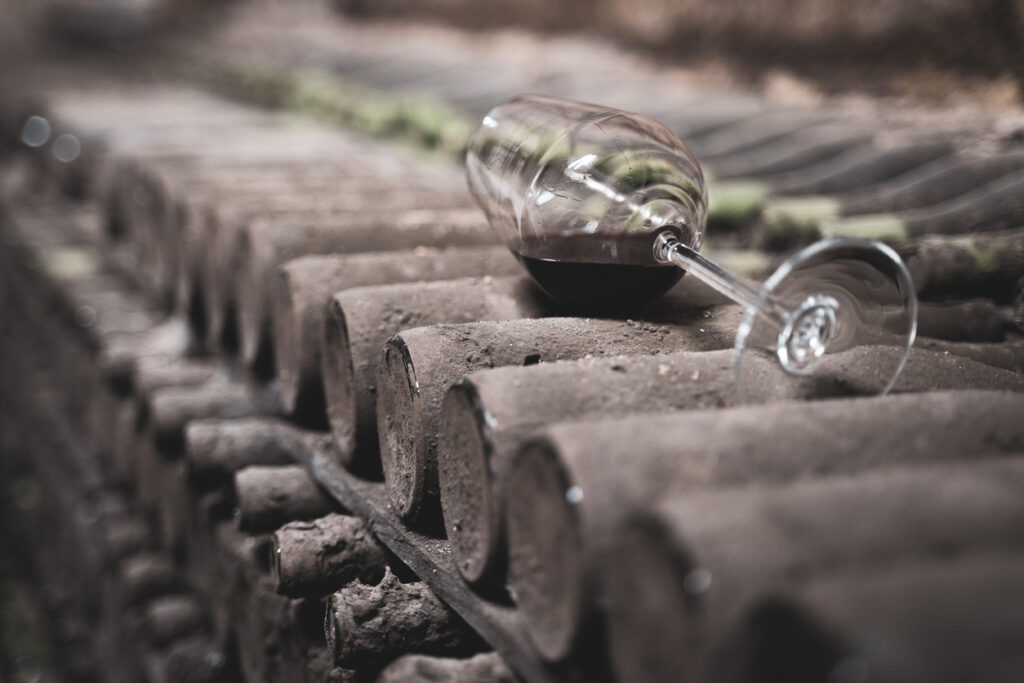
Alcohol Content
The alcohol content of Cesanese wine can vary widely, with some wines having as little as 11% alcohol by volume, while others have as much as 14%. Consider the occasion and your personal preference when choosing a wine with a specific alcohol content.
Food Pairing
Cesanese wine pairs well with a variety of foods, including red meat, game, and aged cheeses. Consider the food you plan to pair the wine with when making your selection.
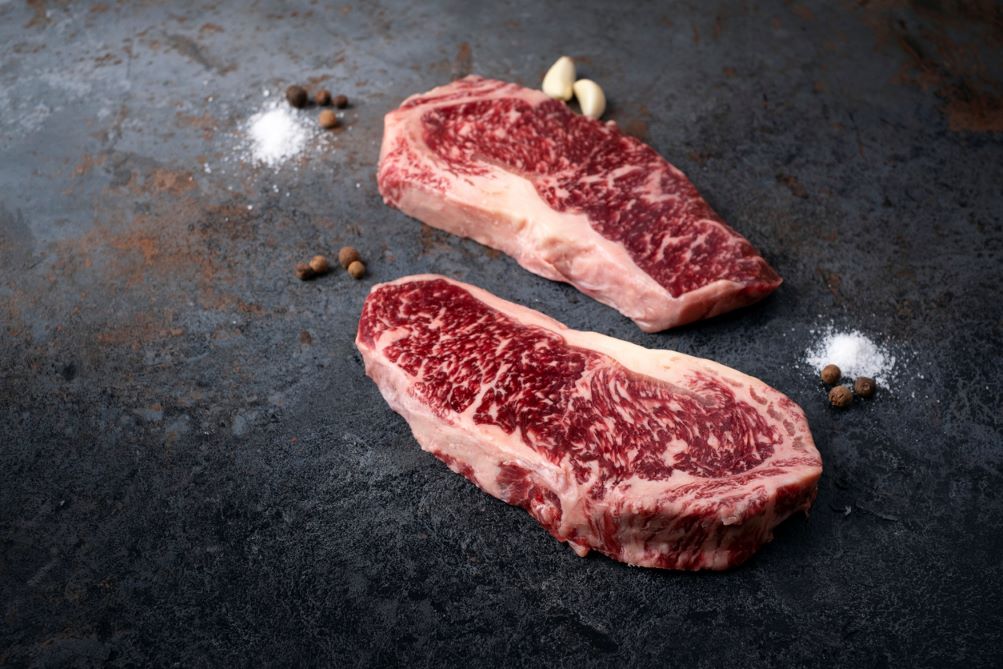
Price
Cesanese wine can vary in price, with some bottles costing as little as $10 and others costing upwards of $50. Consider your budget when making your selection, and keep in mind that price does not always indicate quality.
By considering these factors, you can choose a bottle of Cesanese wine that meets your needs and preferences.
Conclusion
Cesanese wine is a unique and flavorful wine that has been produced in Italy for centuries. With its deep red color and bold flavor, it is a wine that is sure to impress even the most discerning wine connoisseur.
One of the most notable characteristics of Cesanese wine is its high tannin content, which gives it a bold and robust flavor profile. This, combined with its fruity and spicy notes, makes it a perfect pairing for rich and flavorful foods such as red meats, stews, and hearty pasta dishes.
Despite its long history and popularity in Italy, Cesanese wine is still relatively unknown outside of the country. However, with its unique flavor profile and growing popularity, it is only a matter of time before it becomes a staple in wine cellars around the world.
Overall, Cesanese wine is a must-try for any wine enthusiast looking to expand their palate and try something new. Its bold and complex flavor profile, combined with its rich history and cultural significance, make it a truly unique and exciting wine to experience.
Frequently Asked Questions
What is the Cesanese del Piglio DOCG?
Cesanese del Piglio DOCG is a red wine produced in the Lazio region of Italy. It is made from the Cesanese grape variety, which is native to the area. The wine is known for its deep ruby color, complex aroma, and full-bodied flavor. It has been awarded the highest designation of quality in Italy, DOCG.
What are some recommended food pairings for Cesanese wine?
Cesanese wine pairs well with a variety of foods, including red meat, game, and aged cheeses. It is also a great match for traditional Italian dishes such as pasta with tomato sauce, grilled vegetables, and pizza.
How do you pronounce Cesanese del Piglio?
Cesanese del Piglio is pronounced “Cheh-zah-neh-seh del Pee-lee-oh.”
What are the characteristics of Montepulciano wine?
Montepulciano is a red wine produced in the Abruzzo region of Italy. It is made from the Montepulciano grape variety, which is known for its deep color, high tannins, and medium acidity. The wine has a rich flavor with notes of dark fruit, chocolate, and spice.
What is the difference between Cesanese d’affile and Cesanese del Piglio?
Cesanese d’affile and Cesanese del Piglio are two different varieties of the Cesanese grape. This wine is considered to be the highest quality and is produced in the Piglio area of Lazio. Cesanese d’affile is grown in the Affile area of Lazio and is generally considered to be of lower quality.
What are some other popular Italian wines besides Cesanese?
Italy is known for producing a wide variety of high-quality wines. Some other popular Italian wines include Chianti, Barolo, Brunello di Montalcino, Amarone della Valpolicella, and Prosecco.

